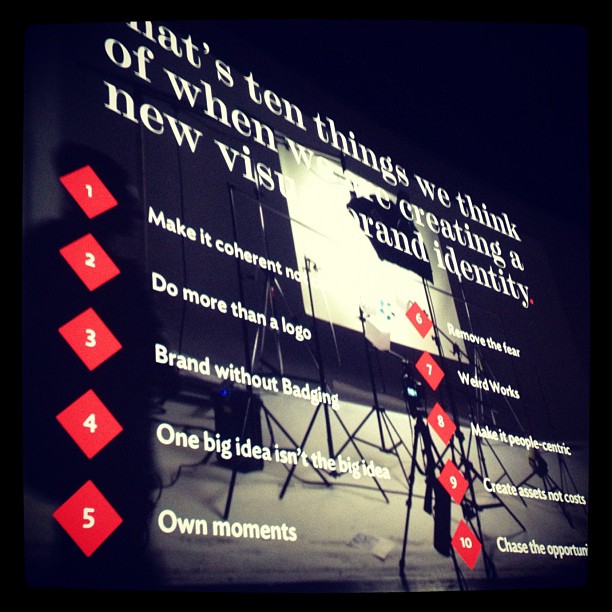Good branding is vital. It’s a method of representing your company in a way that encourages customers, investors and competitors and helps them to perceive your business as something of high value with a strong reputation. It certainly makes it easier to acquire new customers if you’ve an instantly recognizable, well-trusted brand too.
Here are a few top tips to help you build an effective brand for your SME if you’re wondering how to do it:
Know your audience

Thinking Of Launching An eCommerce Online Store? 4 Points To Think About
First things first: don’t go investing time or money in building a brand if you don’t know what will resonate with your target audience. Talk to your customers to find out what they like, what their habits are and what their overall motivations are: an effective brand identity will communicate messages that address these factors.
Choose your name carefully

Tips For Choosing A Business Name
In addition, a key aspect of building an effective brand is getting the name right. It should communicate what your business is and what it provides without the need for you to explain it too much and it should also be memorable, easy to spell and not already taken by another company.
Hire a professional to tackle visual branding

10 Must Know Tips for Creating Winning Visual Brand Identities
As tempting as it is, a DIY approach to branding could spell disaster for your business. Color and design matter hugely when you’re building a brand as particular colors, shapes and even font types have an emotional impact on your customers – even if your customers aren’t directly aware of it. So, work with an agency or find a contractor producing work you admire: they’ll work to your desired style and budget, and your business will benefit from their expertise and professionalism. Make sure you ask them to create a branding document too, as a record of color palettes, spacing and fonts will be a useful resource in the future as your business continues to grow.
Identify your tone of voice
Game Of Tones: Finding Your Brand’s Voice
Your brand’s tone of voice is just as important as your visual identity – especially if your customers come into contact with you through written material online or through printed materials. So, spend some time defining the way in which you want to talk to your customers. How do you want them to feel when they read your website, social media feeds, leaflets, brochures or even product labels? Deliver a consistent tone across all of these mediums if you really want to build an effective brand.
Don’t brand everything
Over-Branding Kills Profits And Scares Off Consumers
Finally, just bear in mind that there are lots of opportunities to show off your branding, but they’re not always appropriate. You can demonstrate your brand via your website, packaging, product labels, receipts, customer emails, logos, leaflets, social channels and even on the paintwork of company vehicles, but sometimes you need step back and let branding take a back seat.
For example, some businesses get so carried away with branding that they customize their business checks, adding small visual clues lets everyone know that the checks they’re writing are from their brand. However, this is rarely a good idea.
While customizable checks with a brand’s logo, fonts and colors is a strong branding solution, the pay-off is significantly reduced security. Customizable checks are unlikely to have high quality security coatings, holograms or be made from chemically reactive paper, meaning businesses are putting their security, profitability and reputation at risk. Instead, highly secure, anti-fraud, non-branded checks such as these are much harder to tamper with. So, don’t get too carried away with branding if it means risking criminal activity or lost money.
Those are a just few tips for building an effective brand. Expect to go through many integrations of your branding, learn through trial and error, and try to think like a larger business rather than a SME when it comes to branding – all being well, your business won’t be an SME forever…